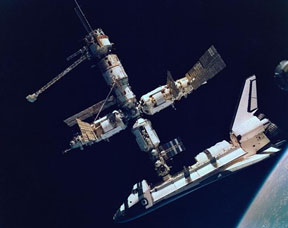The Mir space station has seen its last crew. Here it is pictured, docked to a United States shuttle.
Click on image for full size
Courtesy of NASA
Russians Say Good-Bye to Mir
News story originally written on August 30, 1999
After 13 long years orbiting the Earth, the space station Mir has finally said good-bye to its last crew. The two cosmonauts along with one French astronaut landed on Earth, leaving the Mir empty for the first time in years. The Mir station was the world's space house for 3,641 days, which means this is the first time that no one has been in Earth's orbit since 1989.
A group of Russian scientists refuse to let the Mir go, and are still trying to raise money to keep it in operation. However, private investors haven't been found to cover the expensive price tag of $100 million. The group is currently asking the government for help, but it does not have any money to give the space station.
In the next six months, the spacecraft will slowly descend in Earth's atmosphere. In February or March of 2000, the station will be guided towards Earth and most of Mir will burn up. Some tv size chunks are expected to make it to the surface, so Russian scientists will bring down the station somewhere over the Pacific Ocean.
You might also be interested in:
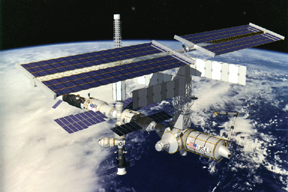
Will Russia ever put the service module for the International Space Station in space? NASA officials want an answer from the Russian government. The necessary service module is currently waiting to be
...more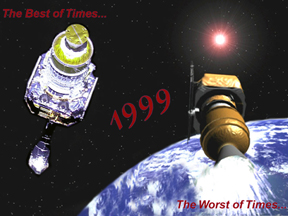
It was another exciting and frustrating year for the space science program. It seemed that every step forward led to one backwards. Either way, NASA led the way to a great century of discovery. Unfortunately,
...more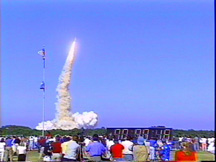
The Space Shuttle Discovery lifted off from Kennedy Space Center on October 29th at 2:19 p.m. EST. The weather was great as Discovery took 8 1/2 minutes to reach orbit. This was the United States' 123rd
...more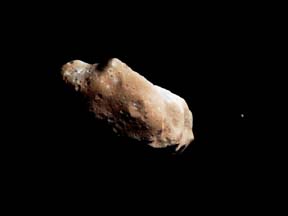
A moon was discovered orbiting the asteroid, Eugenia. This is only the second time in history that a satellite has been seen circling an asteroid. A special mirror allowed scientists to find the moon
...more
A coronal mass ejection (CME) happened on the Sun early last month. The material that was thrown out from this explosion passed the ACE spacecraft. The SWICS instrument on ACE has produced a new and very
...more
J.S. Maini of the Canadian Forest Service called forests the "heart and lungs of the world." This is because forests filter air and water pollution, absorb carbon dioxide, release oxygen, and maintain
...more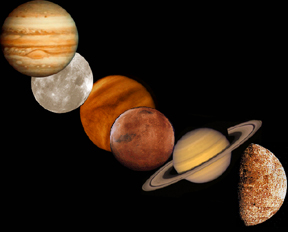
In late April through mid-May 2002, all five naked-eye planets are visible at the same time in the night sky! This is includes Mercury which is generally very hard to see. You won't want to miss this!
...more


